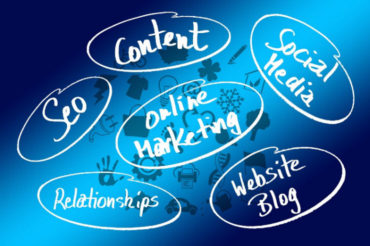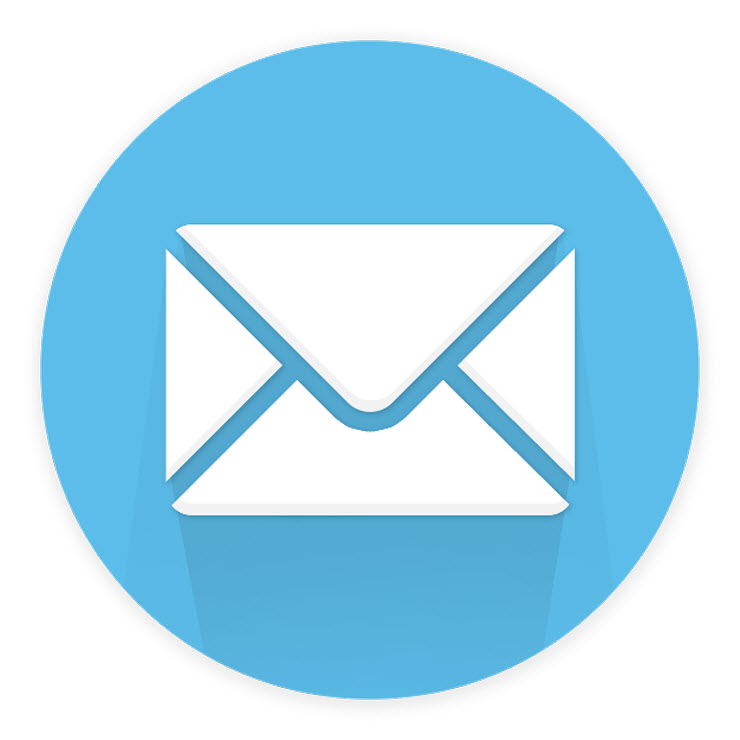You know how important it is to connect with your readers because connections build business relationships. When people feel like they’ve connected with you, they want to buy from you because they’ve learned that they can trust you.
Connecting with readers through email is one of the easiest ways to get what you have to say out to your entire mailing list – or to a certain segment of them. What confuses a lot of marketers – especially new ones – is when it comes time to actually create that email.
When you’re completely new to Internet marketing, you know that you don’t send out individual email messages to each subscriber. That would take you all day or longer. You wouldn’t have any time to work your business!
What you need to use is an autoresponder like Aweber that will automatically personalize the email with the recipient’s name and then will deliver your message to them.
Personalization and Business Balance
In the email that you create for your list, you’re going to want to have a balance between personalization and business content.
When you set up the email, you don’t want to just have that person’s name as the greeting and then go right into whatever business you want to deal with. That’s too much of a sales push.
What you want to do is have that person’s name in the greeting and then personalize a few lines after their name.
You can open the message by showing that you’re human. If you’re feeling under the weather, mention that. Are you getting ready to try out a new recipe? Talk about that.
You can even mention the weather. How cold it is or how hot it is and what are you doing to stay warm or cool? Some people feel awkward about this but it’s no different than walking into a meeting with someone and making small talk before you get down to business.
Once you’ve finished the personalized beginning, you can launch into the reason for the email. This part should be in the middle of your email. You can talk about the new business product you’ve come out with or a review of someone else’s product.
You can mention any helpful tutorials you found online or a group that it might be worthwhile for them to join. Be yourself as you’re writing this. Talk to them like you were sitting down sharing a cup of coffee with a friend.
If you have more than one thing to share with your email subscribers, you can use bullet points or a numbered list to make reading them easier. Don’t forget when you’re writing the email to include the links they’ll need to the product or review.
After you’ve finished dealing with all the new business you want them to know, you should end the email with another bit of personalization. You’ll take a sentence or two to sign off.
You might sign off with something like “Going to try to relax now!” or, “Hoping to get the work done so I can head out into the sunshine!” If this were a formula, it would be P-B-P. Personalize, Business, Personalize.
Autoresponders – Follow-Ups Versus Broadcast Emails
Now let’s talk about the different types of emails you can use when you’re sending out communications to your list. Most marketers, especially those with any kind of following, are going to use autoresponders.
An autoresponder does just what the name implies. It automatically responds to any email. If someone heads to your website and they want to sign up to get your newsletter or free e-book, once they type in their information, the autoresponder, will answer them and deliver the information they want.
You can set up events that will activate the autoresponder. That event could be in response to them checking out a link or buying a product. You can even set your autoresponder program to send them a greeting on holidays or birthdays.
The emails you’re going to want to send out where you’re initiating the communication are going to be broadcast emails and follow up emails.
Broadcast emails are different than follow up email because with this type of contact, you don’t have this one written out ahead of time. This type of email usually deals with topics that are happening now.
For example, when you’ve decided you’re going to have a sale on all of your eBooks or products, and you send out an email to your entire list to let them know this information – how much of a discount they get, what they get it on, and when it expires.
Just because these aren’t prewritten like a follow up email doesn’t mean that you can’t set broadcast emails up to be delivered on a date when you want them to go out. You can even choose the time of day or night you want them to be delivered.
Follow up emails are the emails that you’ve already written for your list. These are important because not all of your followers became your follower on the exact same day.
You still want the person who joined your list in September to get the same helpful information as the person who joined in March. Using follow up email can help your new subscribers never miss anything important and if you have a follow up email set up to deliver something like a new marketing class, you want all of your new subscribers to get the lessons in the order that you wrote them out.
But there is a catch with using follow up email. You can’t talk about topics that aren’t evergreen. If you do, not only could it become very embarrassing because it would be obvious – but you could lose credibility with your customers. Not everyone realizes the emails going out to them are auto delivered.
If you don’t stick with evergreen topics, you could end up sending out email messages where you’re talking about wanting to stay warm from the snow and the cold and how everyone should stay off the icy roads.
The problem comes when that email is sent out to someone and it’s now the middle of summer and a huge heat wave is hitting the nation.
Not only would you look silly, but your readers would feel like you weren’t taking the time to communicate with them personally. You could risk losing that connection you worked so hard to build.
Enabling Contact with You on Your Blog
When you’re in business online, you should know that you need a blog. A blog is your way of not only introducing new products and product reviews to your customers, but it’s your way of connecting with them.
 Comments are a great way for people to connect with you via your blog. But not everyone is going to want to connect with you that way. They might not like commenting on blogs or they might want to ask you a question and not want to do it out in the open for fear of looking stupid.
Comments are a great way for people to connect with you via your blog. But not everyone is going to want to connect with you that way. They might not like commenting on blogs or they might want to ask you a question and not want to do it out in the open for fear of looking stupid.
The way to make sure that you never miss a single connection with a customer is to have a contact form on your blog. The contact form serves two purposes for you.
First, it delivers the message of the person who contacts you directly to your email account. Secondly, it protects your email account from being public. Public emails are like Disneyland for spammers. They love to get their hands on viable email addresses.
When you have a contact form that delivers the email to your inbox, you get the message instantly – which means you can get back to them quickly.
When you do get a message via your contact form, that means someone is interested in what’s happening on your blog. It could be about a product, it could be a complaint – anything.
The contact form allows you to answer easily. When you do answer the person who contacts you, keep it professional – but you want to be friendly, too. If it’s within your ability to help them, then give them a hand by answering whatever question they have or addressing whatever issue they’re dealing with.
If you know that you can’t help them handle what needs to be dealt with, but you know who can, give them the name or resource of someone who can.
Even if they don’t buy from you at that moment, you’ve still built a connection with someone who reads and trusts your opinion. They will spread the word about your over-the-top customer service efforts, too.


